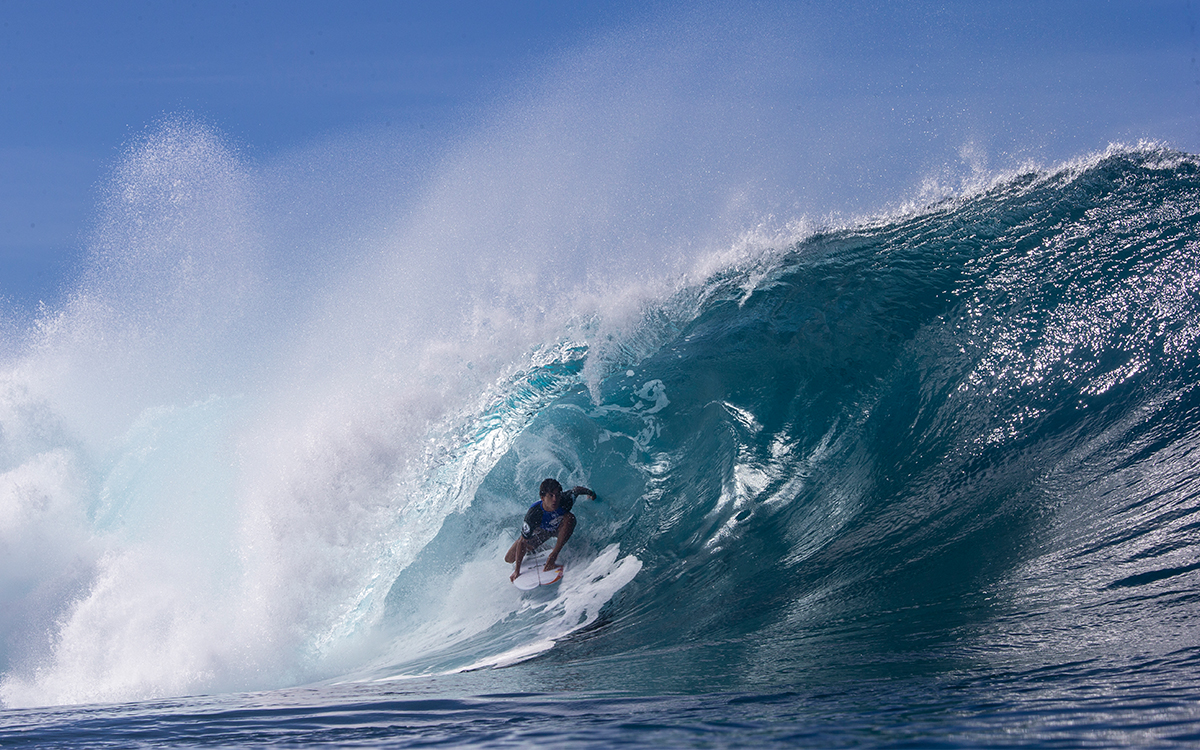Andy Irons, a native of Kauai, began surfing some of the most dangerous waves on earth at a very young age. Eventually, he realized he was good enough to go pro, and quickly became one of the surf world’s fiercest competitors, winning three straight World Championship Tour titles from 2002 to 2004.
As talented as he was, all was not always well with Irons. He suffered from bipolar disorder, which had been diagnosed by his family doctor when he was 18 but not made public until later. Irons went through manic highs and depressive lows during his meteoric rise to stardom, eventually quitting the tour in 2008 and sitting out the entire 2009 season before making a comeback in 2010.
The comeback was short-lived, though: that same fall, Irons was found dead in a Texas hotel room at the age of 32. He had been returning home to Hawaii from a surfing competition in Puerto Rico.
A months-delayed autopsy revealed the surfing star had died from a combination of a heart attack and drugs in his system, including medications for his bipolar disorder as well as cocaine, methamphetamine and methadone.

Though his death came as a shock for the public, in-the-know members of the surfing world were less surprised: Irons had been self-medicating with drugs, particularly opioids, for years.
“It was obviously huge news in the surf industry,” Todd Jones, the co-director of Andy Irons: Kissed by God, tells InsideHook. “It was also international news and was all over CNN. There were a lot of unknowns when he died and the family blocked the coroner’s autopsy. There was all this talk of dengue fever being the cause of death, and there were also rumors that he was depressed and needing pills. There was just clearly a lot of mystery.”
As the autopsy made clear, it was not dengue fever that led to Irons’s untimely death, but rather his struggle with his disorder and drugs he used to pacify it. That struggle is at the heart of Jones’s documentary, which he made over the course of three years while doing around 70 interviews with members of the surfing community and Irons’s family about his opioid abuse and battles with mental health.
“When we started this thing, there were so many unknowns. The surf world is very quiet, very protective. We knew that there were some pills involved, but we didn’t know what real pill abuse was,” Jones says. “Now I do.”
Over the course of the production, the extent of the young surfer’s opioid addiction, along with his mental-health problems — which also included dyslexia — became quite evident to Jones.
He was helped along in the filmmaking process by Irons’s wife Lyndie and brother Bruce, who instructed everyone to tell the truth about what had been going on.
“People were like, ‘Everything?’ And they’re like, ‘Everything.’” Jones says. “Andy would not want some sugar-coated bullshit film made about his life. He wanted this story out there. So everyone started to really open up and no one had talked about that stuff. It was very therapeutic. It was pretty wild in that sense.”
(Though he couldn’t disclose names, Jones says two of the prominent people who were interviewed for the film got themselves clean after opening up and talking about Irons.)
What Jones uncovered during filming was that Irons, somehow, was able to surf like a champion after drinking and doing drugs until dawn.
“Andy was incredibly exceptional from my perspective,” Jones says. “There was a group of guys that were all kind of in the mix, but Andy was exceptional. The amount he was taking in the morning, midday and at night was the equivalent of probably, I don’t know, 20 pills a day or something. I can’t even imagine that quantity and the buzz and what state of mind that was putting him into. I had no idea what that kind of drug usage was like, especially with a very famous person in a very public spotlight who, most of the time, led a very functional and athletic life.”
But that life was ultimately cut too short, turning a champion into a cautionary tale.
“This film definitely changed my perspective on how many people you probably know that are abusing opioids and how functional they can be without you really knowing they’re going down that rabbit hole,” Jones says. “We’ve had people reach out and say, ‘Thank you, this helps me so much. My kid is like Andy. He wasn’t a world champion surfer and he just works at a local restaurant, but he struggles with the same things and this helps me understand him better.’ Hopefully, the film helps people understand addiction more and realize it’s a huge problem that we need to address.”
This article was featured in the InsideHook newsletter. Sign up now.




















